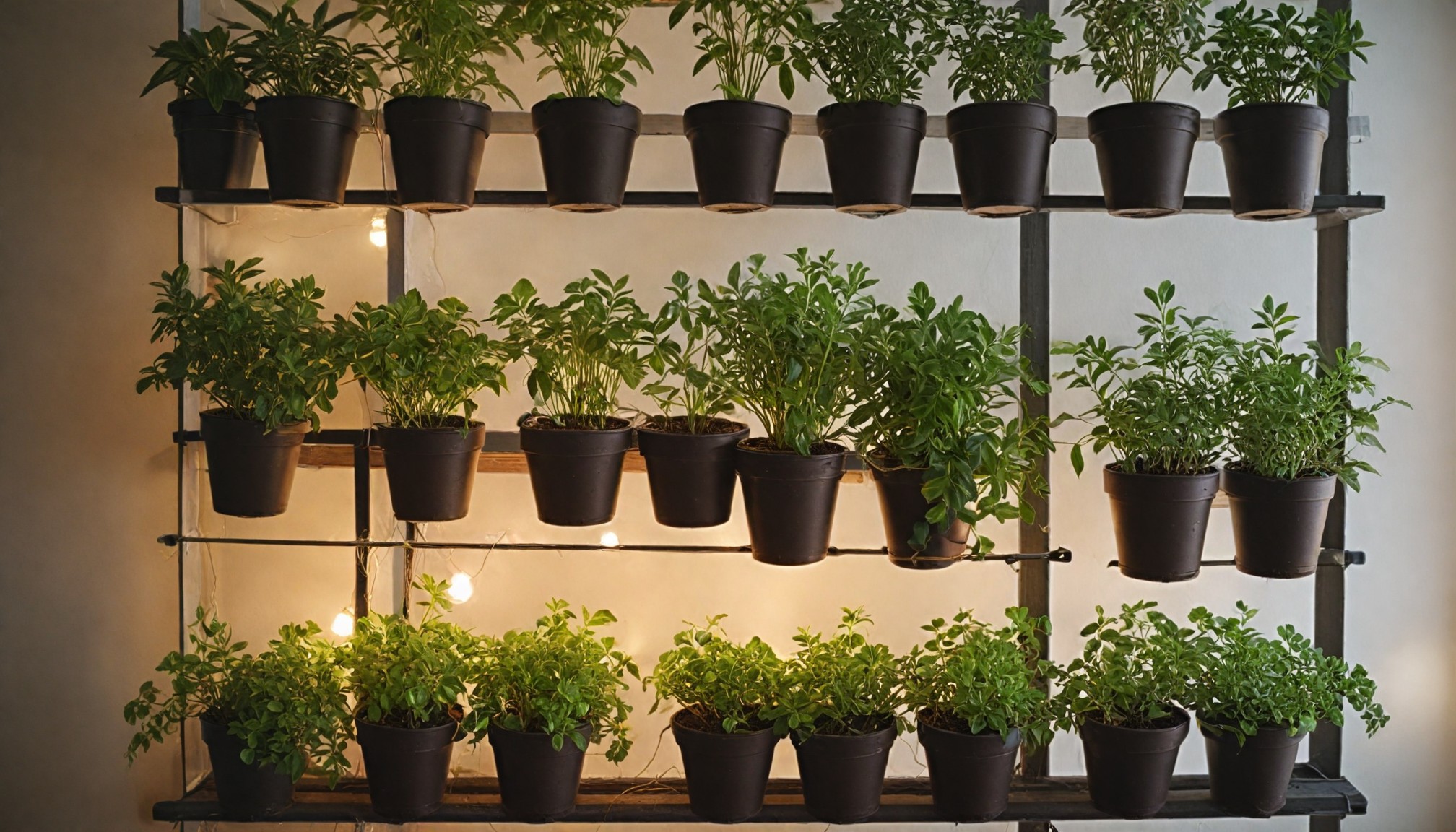
Create Your Own DIY Vertical Herb Garden
Introduction: If you're looking to add a touch of greenery to your home without taking up too much space, a vertical herb garden is the perfect project for you. Not only does it save space, but it also adds a charming, natural element to your home decor. Plus, having fresh herbs at your fingertips makes cooking even more enjoyable. This guide will walk you through creating your own DIY vertical herb garden using simple materials.
Materials Needed:
- Wooden pallet (or wooden boards)
- Sandpaper
- Wood stain or paint (optional)
- Plastic pots or planters
- Potting soil
- Herb seedlings (e.g., basil, thyme, mint, parsley)
- Screws or nails
- Drill or hammer
- Hooks or S-hooks (optional for hanging)
Step 1: Prepare the Wooden Pallet Start by selecting a wooden pallet. If you don’t have one, you can use wooden boards to create a similar structure. Sand the wood to smooth out any rough edges, and if you prefer a more polished look, apply a coat of wood stain or paint. Allow it to dry completely before proceeding.
Step 2: Attach the Pots Decide how many rows of herbs you want and mark the spots where the pots will go. Drill holes or hammer nails into these spots, ensuring they are evenly spaced. Attach the pots securely to the pallet using screws or nails. If you're using hooks, you can hang the pots from the pallet for easy removal and rearrangement.
Step 3: Plant the Herbs Fill each pot with potting soil, leaving some space at the top for planting. Place your herb seedlings into the soil, covering their roots completely. Gently press the soil around the seedlings to ensure they are secure.
Step 4: Position Your Vertical Garden Find a suitable spot to display your vertical herb garden. It should be a location that receives plenty of natural light, such as near a kitchen window, on a balcony, or in a sunny corner of your living room. Secure the pallet to the wall if necessary to prevent it from tipping over.
Step 5: Care for Your Herb Garden Water your herbs regularly, ensuring the soil stays moist but not waterlogged. Depending on the herbs you choose, they may need different amounts of sunlight, so be sure to check the care instructions for each plant. With proper care, your herbs will thrive and provide fresh ingredients for your cooking.
Conclusion: Creating a DIY vertical herb garden is a fun and rewarding project that brings both beauty and practicality to your home. Whether you're an experienced gardener or a beginner, this project is a great way to enhance your living space and enjoy the benefits of fresh, home-grown herbs. Happy gardening!
Recent articles from Diy

DIY: Repurposed Book Page Bookmarks
A creative way to save your place and reduce waste
Love reading but tired of using traditional bookmarks? Why not create your own unique bookmarks using old book pages? It...

DIY: Homemade Bottle Cap Coasters
A fun and eco-friendly way to protect your surfaces
Looking for a unique and sustainable way to protect your surfaces from drink spills? Repurpose old bottle caps into sty...

6 Types of Alternative Christmas Trees / If You Don't Want to Buy a Real or Artificial Tree
It's hard to imagine the New Year without a Christmas tree. But sometimes, putting up a real tree feels wasteful, and artificial ones can become tiresome and no longer bring joy. For those who w...